Shaker Heights High School students were met with lines stretching outside and around the building this morning as each student was subject to a bag search and a check with a metal detecting wand before entering the building.
Principal Eric Juli said that all students were processed before entering the building. “We checked bags and wanded every single student who is in school today. It took until about 9:20 AM to complete all checks. Security is wanding and searching bags of any students arriving late,” Juli said in an email sent to teachers at 11:35 a.m.
There were three lines to enter the building, two coming from the main door going both north and south, and another from the lower cafeteria stretching to the Aldersyde sidewalk. Most students waited from 25-45 minutes and thus arrived significantly late to first block, which was second period today. Some teachers didn’t mark students tardy or absent, acknowledging that it was difficult for everyone to get to class on time this morning. However, some students, such as sophomore Nathan Bordeaux, reported that they were marked absent while still waiting in line.
Around 9 a.m., Juli instructed teachers to mark students present if they arrived to class.
IB Psychology Teacher Victoria Berndt said that she did her best to delay taking attendance for as long as possible. “I didn’t want kids to now get phone calls from parents, because at 9:30 the robocalls go out. I didn’t want kids to be waiting in line under stress and then get a phone call from a parent going, ‘Why aren’t you in class?’,” Berndt said. “ I made the assumption that if kids were out there being delayed, I probably shouldn’t mark them tardy. Our attendance is reported to the state, so if you are not physically in the room by that 9:30 mark, I do legally have to mark you absent. I did hear something along the lines of corrections being made on the back end.”
Once students reached the checkpoint, either at the main entrance or outside the lower cafeteria, they were processed at tables by administrators and security monitors. At the main entrance, security monitors Belinda Massey and Zachary Lewis wanded students, while administrators, including Juli, Superintendent David Glasner and Dean of Students Greg Zannelli, searched bags. Students were instructed to place their bags on the tables to be searched. Administrators and security guards looked through students’ bags and examined their Yondr pouches to ensure that they were closed with phones secured in them. After being told to proceed, students then continued toward the entrance, where they were scanned by security guards with metal detection wands, and in some cases patted down. Once they had been cleared, students were allowed to enter the building.
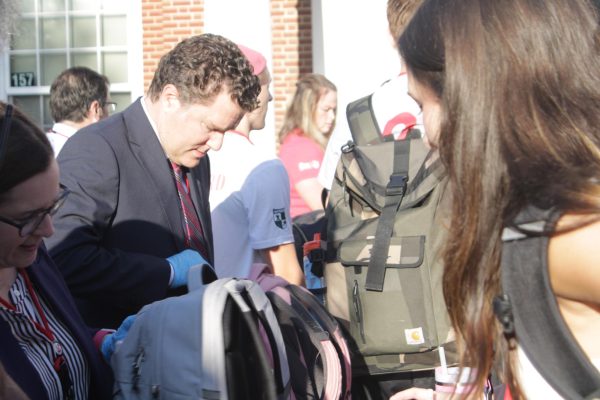
Students who did not bring their Yondr Pouch were forced to hand their phones over to an administrator. “I’ve clarified with all the students who had their phone taken to meet me in my office after school. I ensure every kid unlocks their phone in front of me so I can confirm it’s theirs,” Associate Principal James Dubsky said.
Senior Lunden Herron said that she felt impatient, especially with the bag searching. “I feel like they could have went about it a different way rather than searching bags,” she said, “because people have said that females have things on them that not everybody wants to be put out in the open. No matter if you’re a woman or not, things like that [are] embarrassing.”
In Berndt’s second period IB SL Psychology class, students present chose between completing the planned scavenger hunt activity or taking notes independently. “That was based off of, a) attendance and b), if you had just stood in that line for however long, maybe you don’t want to continue to be on your feet wandering around the school. So just trying to give options so that [students] could decide what would be best for [them], with all of the anxiety that the procedure this morning potentially would have created,” Berndt said.
She also played relaxing rainbow jellyfish videos to calm students and encouraged them to take a few minutes to relax upon arrival. Several students who were not in the class were clearly upset by the experience and came to Berndt seeking comfort and reassurance.
“I had a lot of students, throughout the first period, either out in the hall or coming in, that were just frustrated and upset,” Berndt said. “I can only do so much in that moment, but if I can offer a lending ear, or if I can offer some sort of comfort, and remind the students that they are valued and important to me, and important to us, then I would. I closed the blinds, I turned off the lights, I put in the peppermint diffuser. Your mental health comes first – well, safety and mental health.”
In Individuals and Societies teacher Adrienne Carson’s second period class, attendance was minimal. “I didn’t start seeing students come in until around 8:50,” said Carson, who advocated for adding walk-through metal detectors. “Many other schools in the country have them, I think if there’s a way to ensure all kids get home safe, we should invest in it,” she said.
Exchange students from Germany and Chile who attended school with their host students today experienced the wait and screening alongside them. “The Chilean exchange students are going to think this is how American life is every day,” said senior Morgan Jodzio.
Juli said that he hopes today’s approach will be replaced by a more efficient system that employs permanent equipment. “I have been an advocate for metal detectors in the building, and we know that 50 percent of our community is for that, and 50 percent is not,” he said. “So we needed to put something in place today, and it was a long time to get into the building. I think it’s undecided at this point as to what the next steps are, but I hope to have the conversation soon.”
With tomorrow bringing another morning screening, Dubsky said students can play a role in reducing the time waiting in line. “Things will be more efficient tomorrow if kids are like, ‘I’m going to downsize my backpack, I better have my ID’,” he said.
Junior Ellie Allan said that this approach doesn’t seem like the correct solution. “There’s a problem with violence at the high school, but this is not necessarily the right way to address it, because it makes everyone late to class,” she said. “I think this shows that our education is not being prioritized, because of all the violence.
“I just want to be able to get to school without going through TSA every day,” Allan said.
Senior Jenna Englander said today’s approach isn’t sustainable. “We can’t be doing this every single day. It’s just not possible. I think if they were gonna do this, they’d need to get more staff,” she said. “They could have people walking up and down the line with the little wands.”
Juli said that although today’s process was lengthy, the presence of weapons created a need to establish procedures quickly. “We had a weapon in the building yesterday, we had a weapon Friday night. It’s clear that we needed to put something in place,” he said. “So, I think that it was important to take immediate steps, but when you take immediate steps, there’s always going to be inefficiencies.
“So I guess I would answer it this way: I don’t think that I’m surprised that it took a long time. It wasn’t like we didn’t think that was going to happen; we thought that it was more important that we take immediate steps.”
Juli said administrators are working on a plan for tomorrow’s arrival and trying to make it more efficient. He said, “My concern that there are zero weapons in the building is the same tomorrow as it is today. I have a desire to have it go faster as well. So [we’re] trying to figure out a way for both things to be true.”
Shakerite editors Camryn Dozier, Daniel Carroll, Alison Teeter, Eamonn Furey, Eliot Call, Ingrid Holda, Isabel Siegel, Liam MacGilvray, Olivia Cavallo, Spencer Zbanek, Vaughn Ullom and Vijaya Sadler and Journalism I Reporter Bridget Barragate compiled this report.

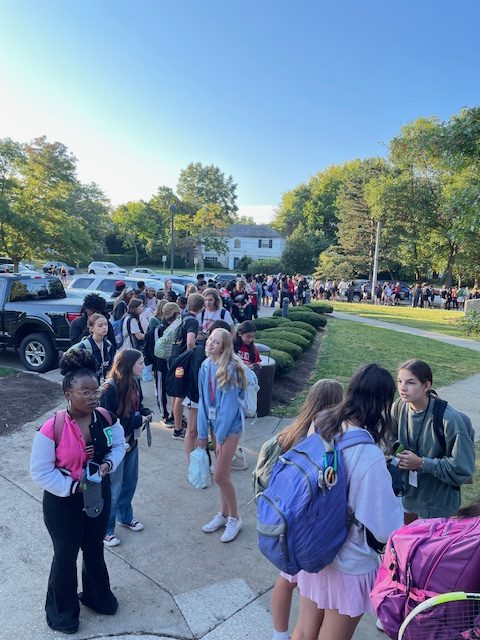
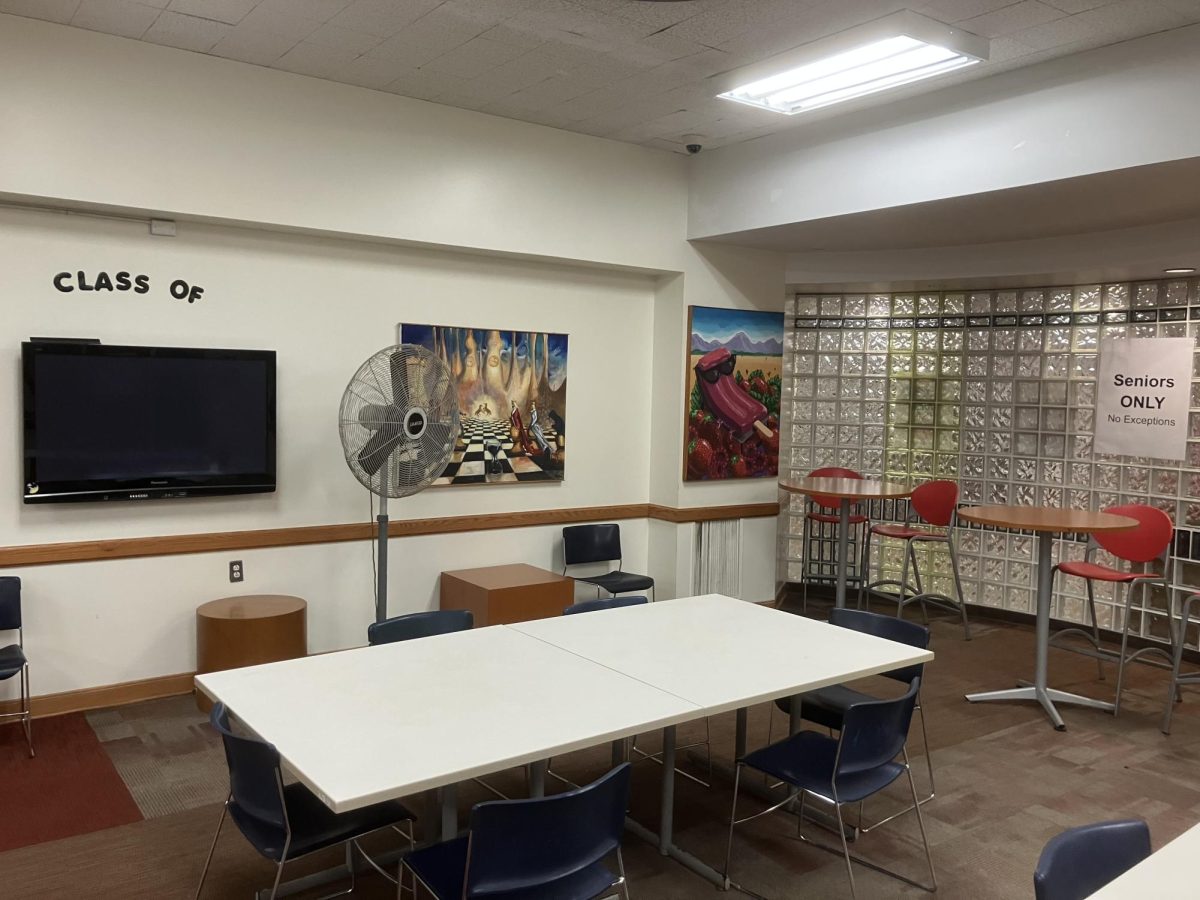
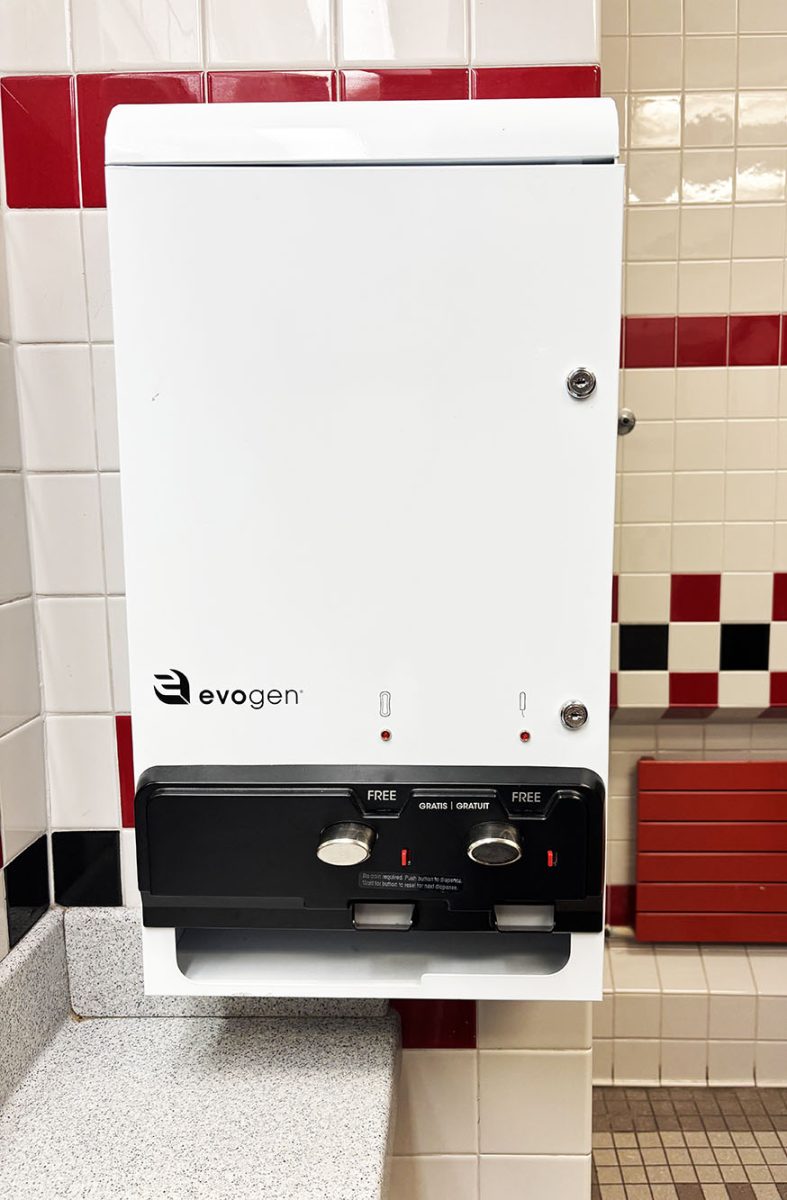
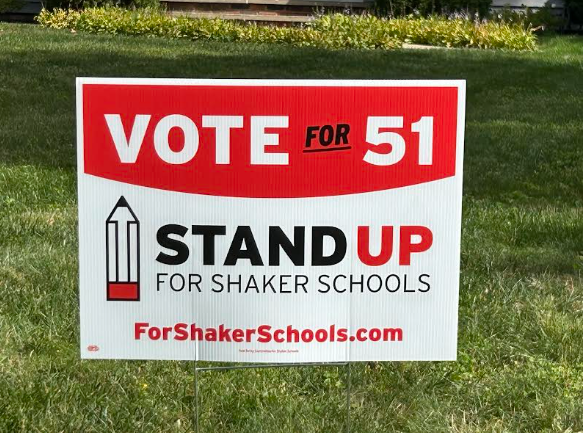

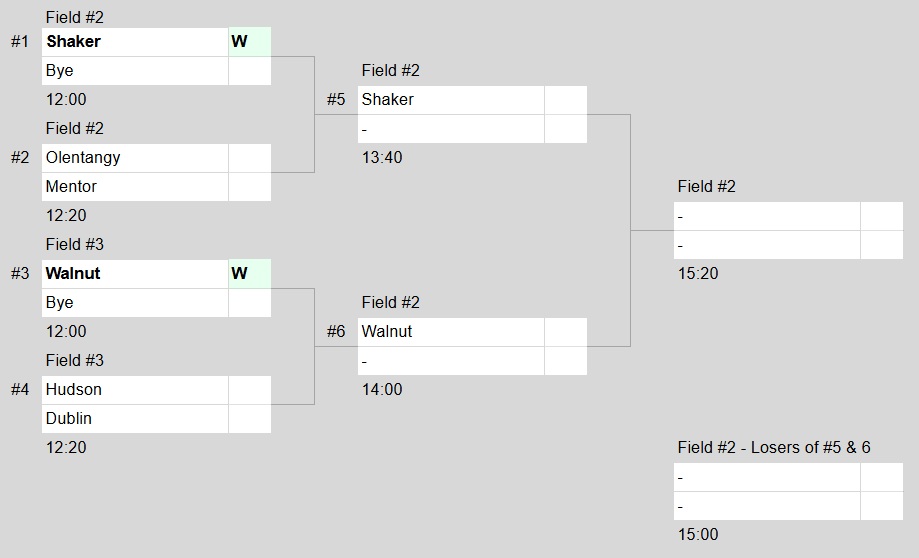
Bob | Sep 23, 2024 at 7:24 am
Only in Ohio ahh
Sheri Walls | Sep 19, 2024 at 9:29 pm
How am I supposed to “downsize” my bag? With the work they give us at the high school, that seems impossible. I only bring the stuff I need for that specific day and my bag is still packed.
Bruce Jennings | Sep 19, 2024 at 8:43 pm
Thank you for continuing to get the story out from the students’ point of view. It’s so important for the community to get your perspective.